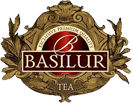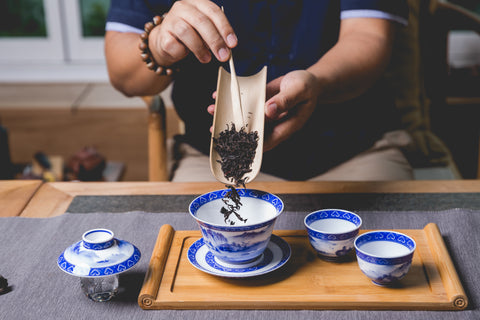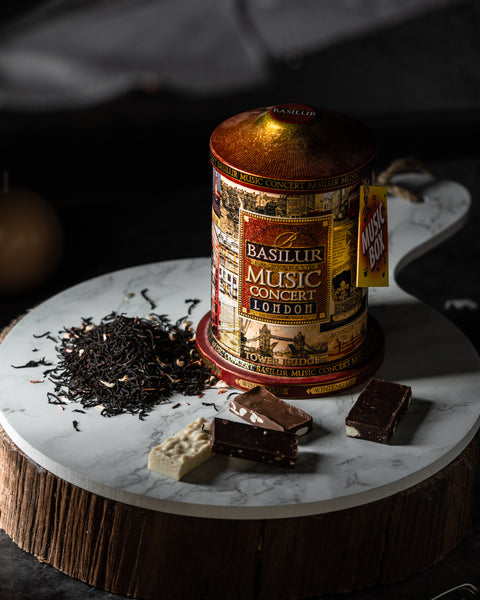As your love for tea evolves, you slowly start to realize that drinking tea is much more than something you do out of habit in the morning or a refreshment for house guests. Rather, you realize that tea has the ability to create a cathartic experience that brings flavours, cultures and experiences together. That’s why many people and cultures consider tea as an art form. As a result, people in different parts of the world have developed their own rituals around tea. These rituals are often meant to appreciate tea, add value to shared family time or simply to achieve mindfulness. Whether it is the traditional flavours from Sri Lanka, India, China, and Japan or the sweeter European-style blends, there’s a way to celebrate it. So, we thought of sharing some rituals and traditions associated with tea around the world.
High Tea

High tea is a British tradition that dates centuries. Traditionally, it involved drinking tea at a table of plated items such as vegetables, cold meats, pickled fish, salads, potatoes, tarts, pies, homemade bread, tea cakes, fruitcakes, and more while sitting on high-backed chairs. This tradition first emerged as a way for royals and aristocrats to spend their afternoons in a fancy-manner. However, with the industrial revolution, as the workers needed a break after work, they began to enjoy their afternoons with food and tea as well. As a result, the tradition of high tea spilled into all levels of society.
Our tea picks for high tea



Earl Grey English Afternoon Sencha Tea
Chinese Tea Ceremonies

Tea is an important part of the Chinese culture. The Chinese tea ceremonies are usually conducted during special occasions and it is also a a way to welcome guests into your home.
As tea grew in popularity through ancient China, Tea Ceremonies were developed as a formalised ritual where tea masters were able to demonstrate their skills, manners and whisking techniques. These techniques could change from person to person. It is important to remember that the smells and taste are the primary focus of any Chinese tea ceremony. In a usual tea ceremony, they use clay pots, which are rinsed in boiling water. Then the tea leaves are added to the pot using bamboo scoops or chopsticks. Then the tea leaves are rinsed in hot water. Finally, the server arranges the cups in a circle and pours the tea into them. What’s unique about the Chinese tea ceremony is that only half of the cup is filled with tea because the Chinese believe that the other half is filled with love and friendship.
Our recommendations for a Chinese tea ceremony



Chinese Milk Oolong White Moon Sencha Tea
The above examples are clear evidence that tea is much more than a beverage and extends into a much deeper experience in many cultures. That is why at Basilur we are committed to bringing you the most authentic version of every one of these tea experiences to you!




Comments (0)
There are no comments for this article. Be the first one to leave a message!